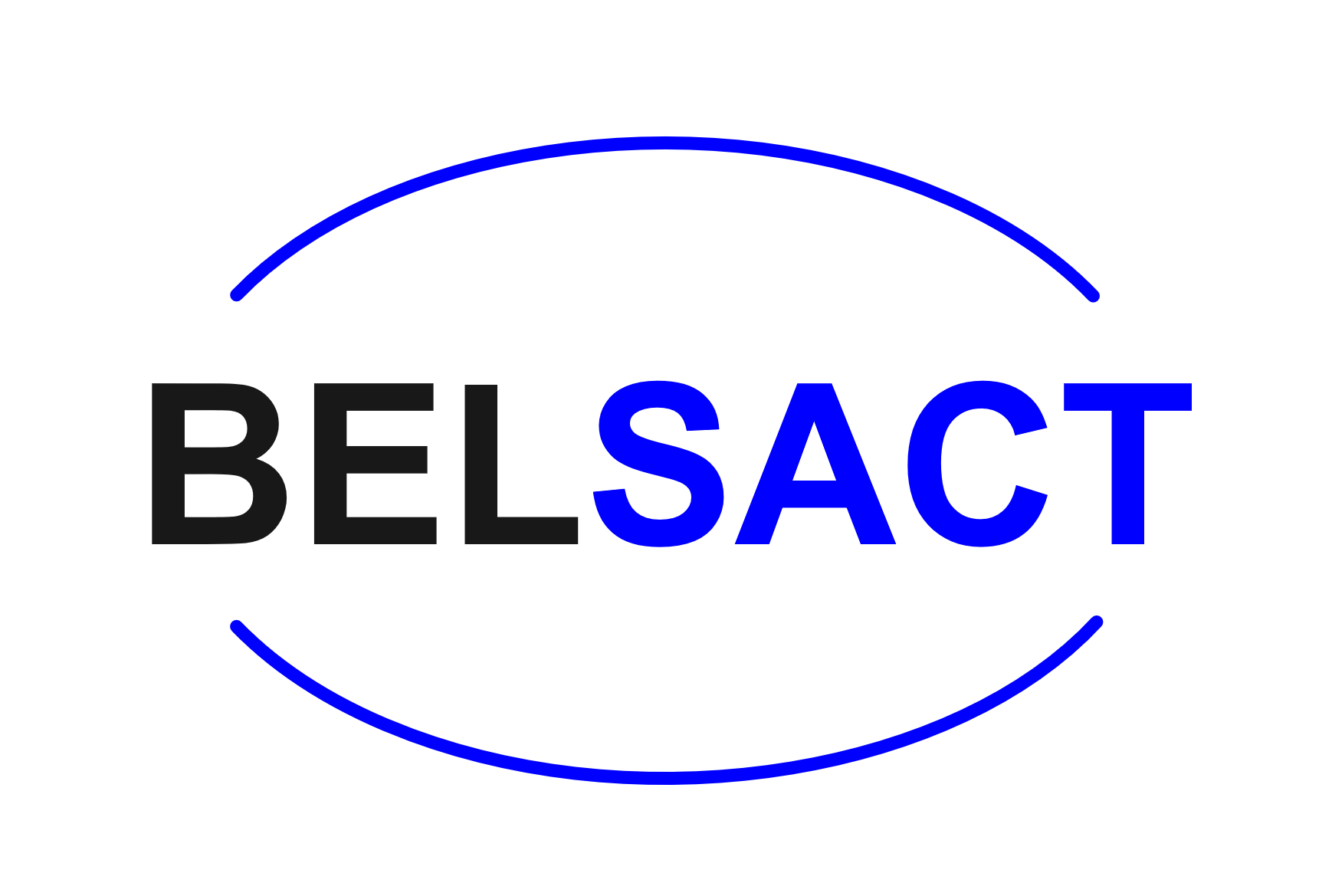The pharmaceutical industry is increasingly focusing on early drug development which comes with increasing constraints to accelerate process development, reduce costs and demonstrate a deep understanding cell culture process. Nevertheless, some engineered proteins are still difficult to express or/and have high level of microheterogeneity which can significantly impact the manufacturing costs. Moreover, the acceleration of biopharmaceutical process development is difficult when traditional experience-based sequential approaches are used. Understanding of the relationship between cell culture process control and desirable product quality attributes in protein therapeutics using integrated modeling approach is key to accelerate process development.
In this case study, we will demonstrate that a reduction of cysteine or cystine and tryptophan concentrations in the feed lead to reduce charge variants as well as decrease of drug color intensity. Based on the results of the study, a model was developed to predict charge variants and was combined to a integrated model predicting cell growth, cell productivity and cell metabolism. This modeling approach shed further light on the impact and control of the feeding strategy on product quality. We will show that the most important parameter impacting charge variants distribution is the total quantity of cysteine and tryptophan used throughout the bioreactor production process, whereas within a given concentration range, the daily concentration of these same metabolites is not predictive. Nevertheless, the reduction of microheterogeneity by reducing cysteine concentrations could also have a negative impact on production productivity at some point.
Hence, in a second step, analogs to cysteine and cystine were assessed in order to reduce free cysteine content in the feed without impacting negatively the productivity. Multiple analogs were assessed, i.e. S-sulfocysteine, N,N’-Diacetyl-L-Cystine Dimethylester (DACDM), N,N’-Diacetyl-L-Cystine (DiNac) and N-Acetyl-L-Cysteine (Nac). Most promising results, with high productivity and reduced protein microheterogeneity, were observed using DACDM. The results were confirmed using another cell clone producing another IgG which confirm the potential of this component.

Bassem Ben Yahia (UCB Pharma S.A.)
Bassem Ben Yahia is part of Upstream Process Sciences Group at UCB Pharma in Belgium since 2011 and is focusing on new process technologies for cell culture technologies, media development, process optimization, process intensification and process modeling. Passionate about biology and modelling biological systems, Bassem holds a PhD degree (2017) in Biochemistry & Biochemical Engineering from University of Saarlandes in Germany focused on predictive macroscopic modeling of Chinese hamster ovary cells in fed-batch processes. During his PhD, he successfully developed simple and robust modeling methodologies to predict cell culture performances which is currently used at UCB to accelerate early stage process development.
